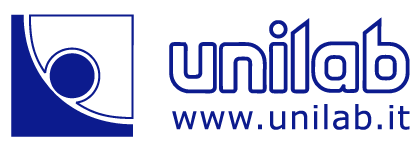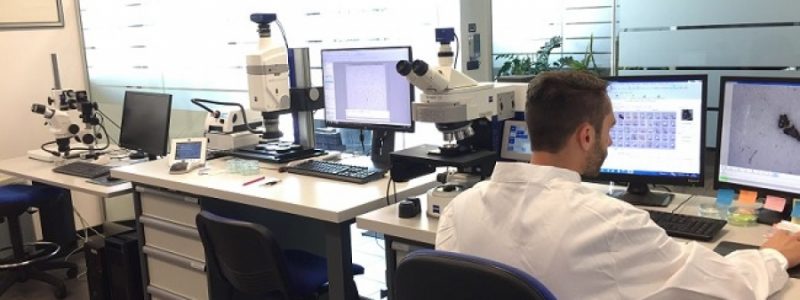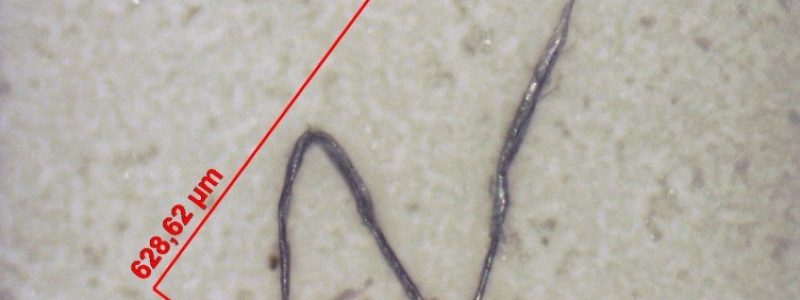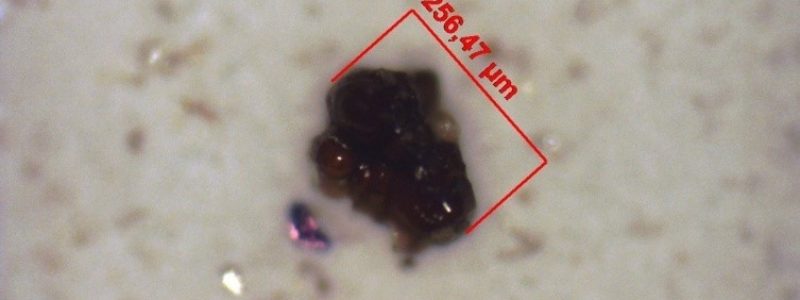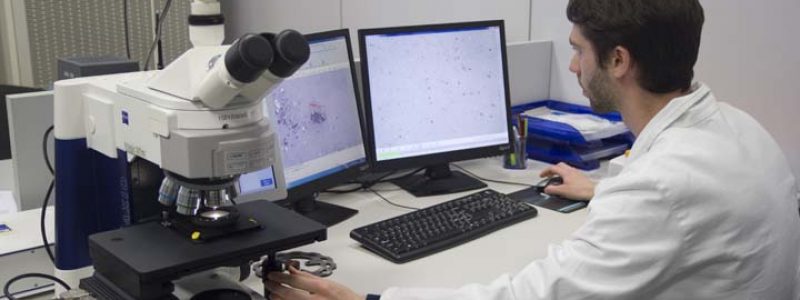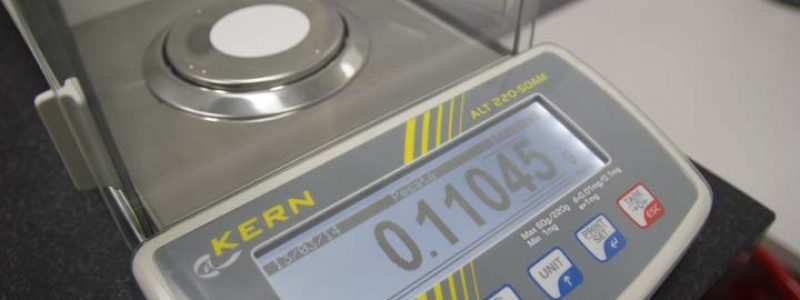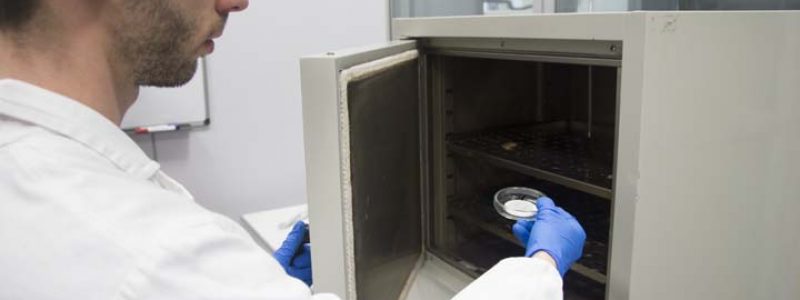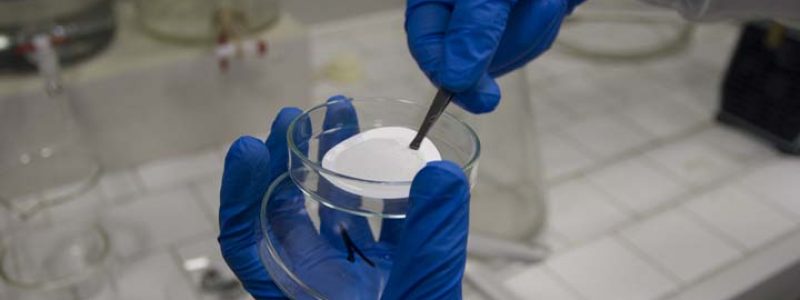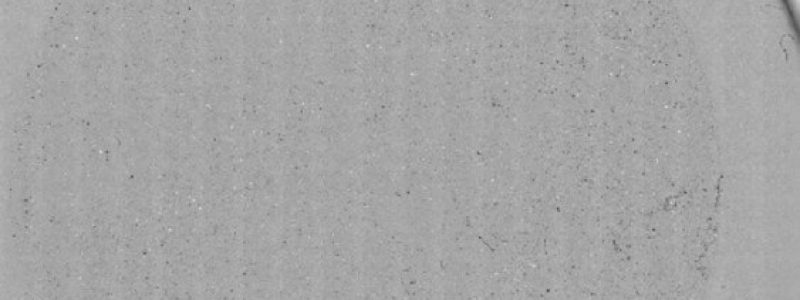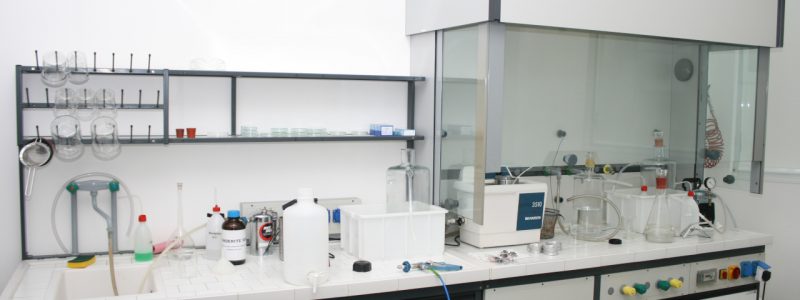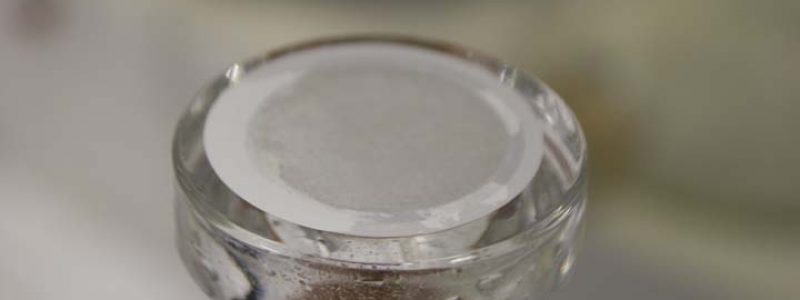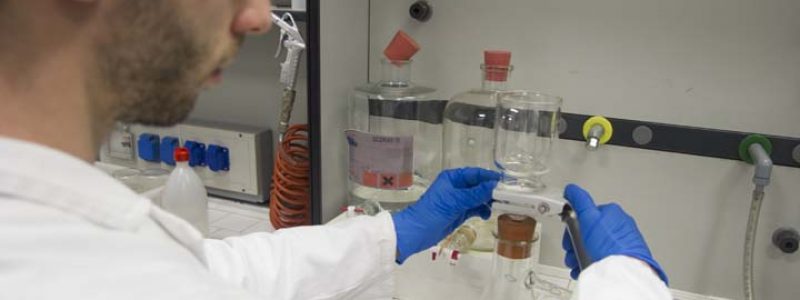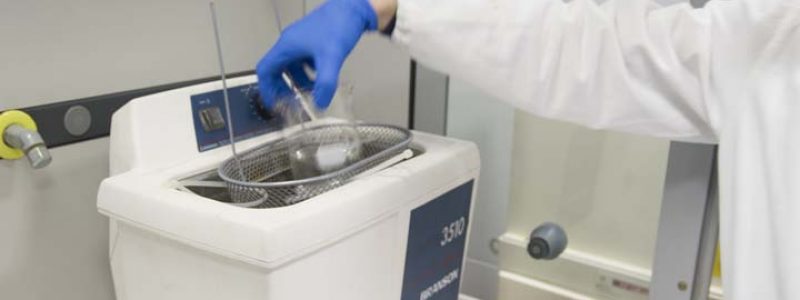The essence of the requirement: the CCC code
One of the most critical aspects in the management of cleanliness between Client and Supplier is the issue of ensuring adequate definition of cleanliness requirements. There are two issues that need to be addressed:
- IS THE REQUIREMENT ADEQUATE FOR THE COMPONENT?
- CAN THE REQUIREMENT BE IMPLEMENTED IN THE CURRENT PRODUCTION FACILITY?
The EN ISO/IEC 17025:2018 Standard, as well as the technical specifications in VDA 19.1, indicate that the requirement should be the result of an AGREEMENT, and not based on a calculation or design spec. This agreement has a name: Inspection Specification.
Discussions often revolve around unreasonable or unattainable requirements without adequately exploring the nature of such claims.
Where is the problem? The correct questions need to be asked:
Is the requirement unsuitable for the product or does it not apply to a particular manufacturing process? And if the requirement is adequate, how can I determine new limits from it for both components and suppliers involved in the entire product manufacturing chain?
The I-Clean method developed by Unilab is the culmination of four years of industrial investigation and research. It’s able to guide you to the correct definition, application and management of the requirement.
We keep in mind that the requirement cannot disregard the manufacturing process and cannot be determined without considering the physical component itself and its manufacturing process, unless it’s exclusively concerned with determining the maximum size allowance of the largest particle. Indicating a requirement on a technical design (e.g. gravimetric analysis limits) before the component has been built is meaningless, unless there are already previous inspections conducted on similar products, manufactured using similar processes, which can guide Client and Supplier in defining the correct requirement.


